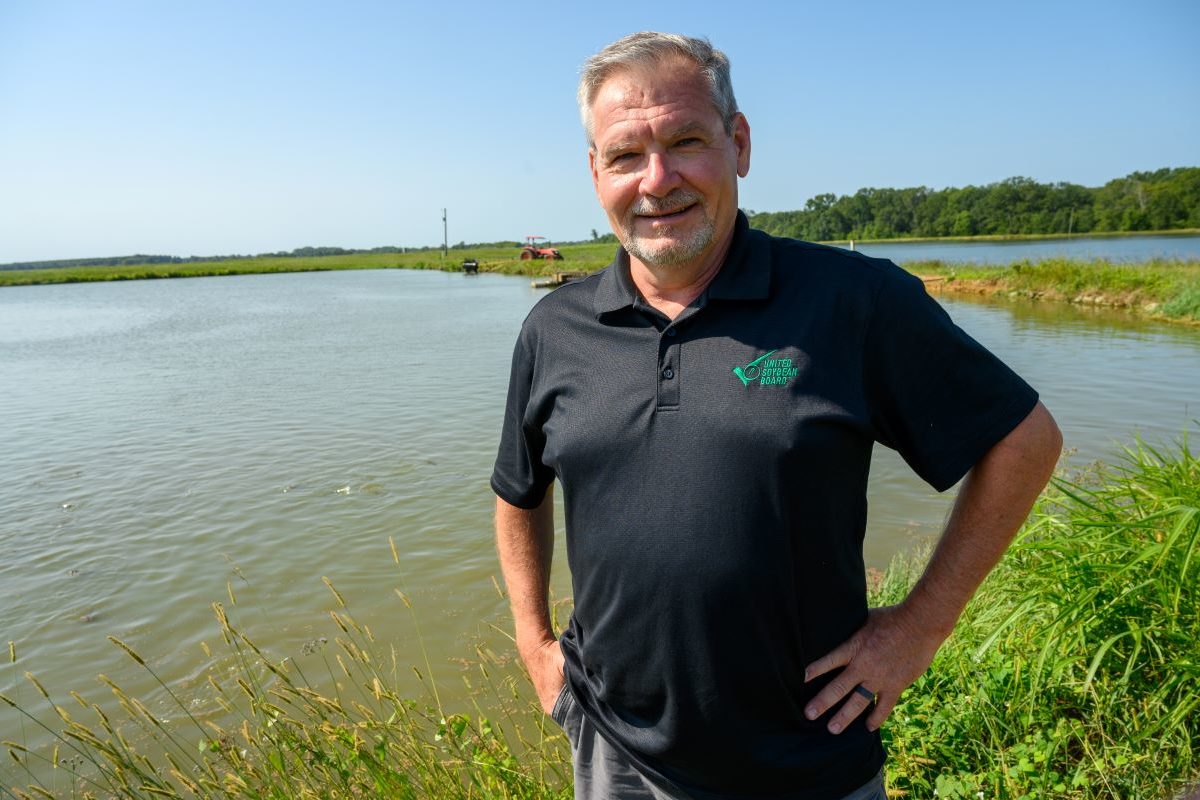Impact of Lock and Dam Disruption

Travel west through Illinois on Interstate 64 across the heart of the American grain belt and drivers eventually cross a Mississippi River bridge as they make their way into downtown St. Louis. The barges below transport commodities of all kinds, including soybeans. Rarely do the drivers above understand the importance of the crops on the river below, or even the significance of the inland waterways system to the efficient export of those valuable commodities.
The Value of Locks and Dams
Just 125 miles north of St. Louis, the LaGrange Lock and Dam Complex was built in the late 1930s with a 50-year lifespan. More than 80 years later, the LaGrange Lock and Dam Complex still operates, but with major deterioration to the complex’s concrete and electrical systems, as well as other vital components.
According to the National Waterways Foundation and the U.S. Maritime Administration, the cost of a LaGrange failure would be $1.7 billion a year. Beyond the annual cost, the failure of the Mississippi and Illinois River systems around St. Louis would double the amount of truck traffic on area roadways, according to the Texas Transportation Institute. That increase in traffic would lead to five times the amount of traffic delays and a 36 to 45 percent spike in injuries and fatalities.
“Research by the Soy Transportation Coalition has indicated that our agricultural producers win export contracts because of the lower cost of transportation in reaching the customer,” says Mike Toohey, President and CEO of Waterways Council, Inc.
Waterways are the least-cost option for shipping grain. According to the U.S. Army Corps of Engineers, barge transportation is over $25 per ton less than railroad rates.
“When cents-per-bushel may be the winning difference in export markets, the dollars add up in favor of waterborne transportation,” says Toohey.
According to the U.S. Army Corps of Engineers, in 2016 alone, nearly 30 million tons of commodities traveled through the LaGrange. Even a slight disruption could have a massive financial impact as well as an impact on the local transportation and infrastructure processes. Across the U.S., companies save $9.2 billion by using inland waterways rather than rail or truck. Alternative forms of infrastructure are insufficient to transport the agricultural output that support over 21 million jobs and contribute $992 billion to the U.S. economy.
Lack of Funding Cripples the Lock and Dam System
These statistics are alarming and lead to the question “How did we get to this point?” Lack of consistent funding for the Mississippi and Illinois Rivers’ lock and dam system has contributed to the state of deterioration.
“Our forefathers possessed great vision in recognizing that abundant natural resources, including waterways, are critical to the nation’s economic prosperity. Their investment in locks and dams enabled the creation of the most efficient, sustainable and safe mode of transportation for the movement of freight,” Toohey says. “However, decision-makers in the 1960s and 1970s changed investment policy away from infrastructure in favor of consumption spending. This led to a long period of disinvestment in the waterways both for capital improvements as well as maintenance.”
Consequently, 21st century commodity yields are transported through 19th century waterways. For example, the LaGrange lock is 600 feet long and today’s barges are 1,200 feet long. To make the journey, the barges must be separated into different phases and then reconnected, adding financial cost, lost time and additional labor to accomplish the task.
The only solution that avoids disruption and ensures the lock and dam system’s modernization is consistent funding appropriation. “Only in recent years have national policymakers returned focus on transportation infrastructure investment, as unplanned outages and failure to maintain our inland waterways system have led to unnecessary crises in commodity shortages,” says Toohey.
The goal of soybean producers, lock and dam operators, and even end users of soybean products is to educate the public about the importance of an efficient and operational lock and dam system. Their hope is that those drivers above the Mississippi River understand the importance of the commodities, like soybeans, that are transported via inland waterways, and that they too can advocate for consistent funding to modernize the infrastructure that is important to us all.



